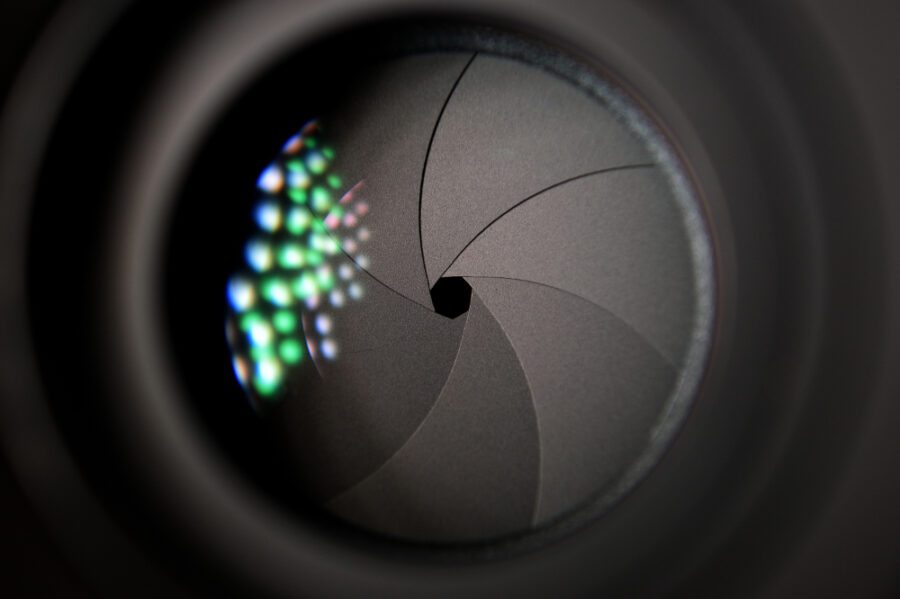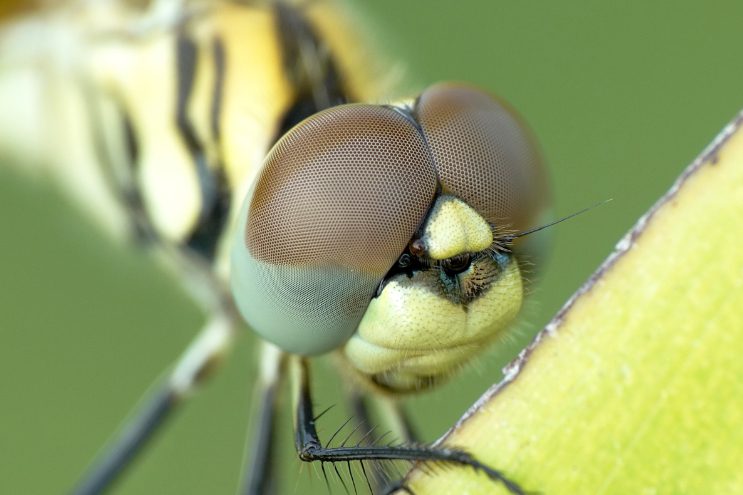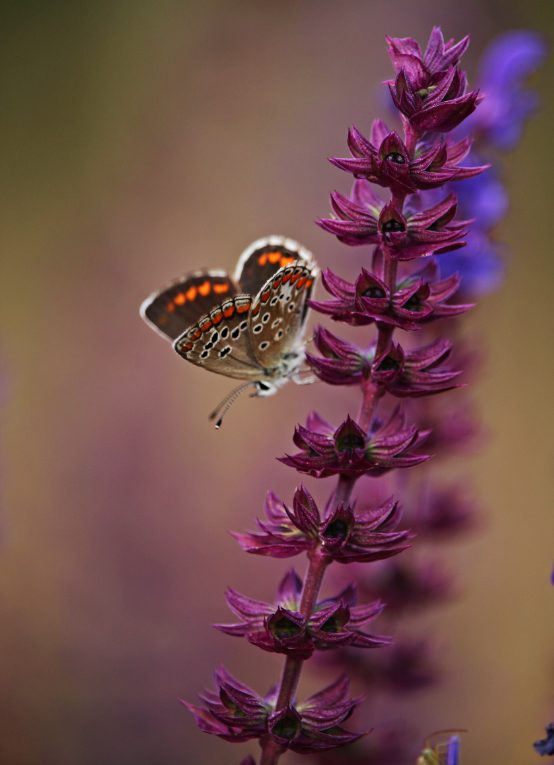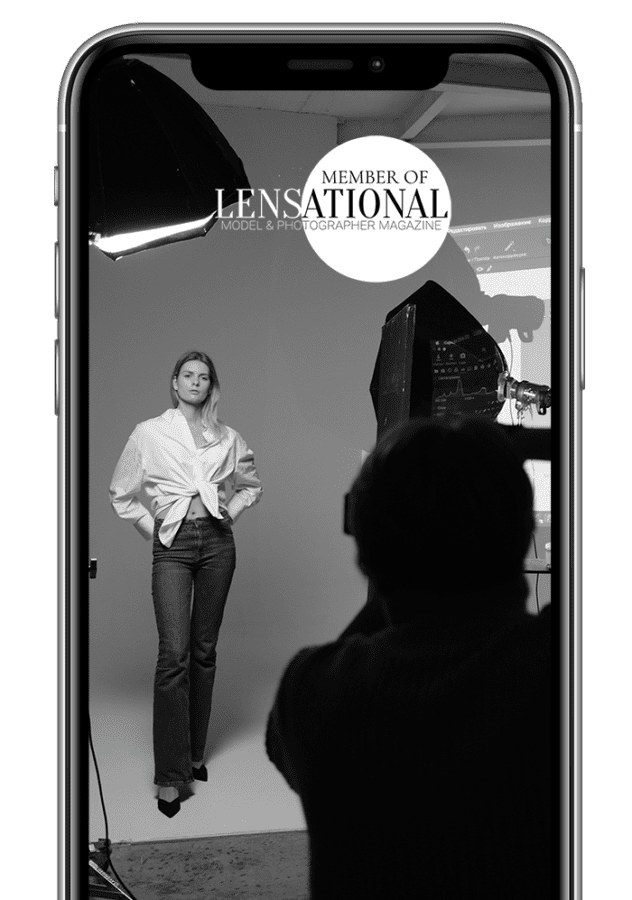In this guide, we will explore aperture in photography in detail, from how it works to how to use it to create stunning images.
Photography is an art of capturing life and creating images that tell a story. It is a skill that requires creativity, patience, and technical knowledge. The technical aspect of photography is often the most challenging, but understanding the basics of aperture can make a significant difference in the quality of your images.
- What is aperture and how does it work?
- The relationship between aperture, shutter speed, and ISO
- Understanding depth of field
- Choosing the right aperture settings for your desired effect
- Aperture priority mode vs manual mode
- Tips for using aperture in photography to create stunning images
- Common mistakes to avoid when using aperture in photography
- Recommended lenses for different aperture needs
- Practice exercises to improve your aperture skills
- Conclusion: mastering aperture in photography to enhance your skills
What is aperture and how does it work?
Aperture refers to the opening in the lens through which light passes to enter the camera. It is measured in f-stops, which is a numerical value that represents the size of the lens opening. The lower the f-stop, the larger the lens opening, and the more light that enters the camera. Conversely, the higher the f-stop, the smaller the lens opening, and the less light that enters the camera.
The aperture is a critical component of the camera’s exposure triangle, which also includes shutter speed and ISO. These three elements work together to create the perfect exposure for your image. The aperture controls the amount of light that enters the camera, and the shutter speed controls how long the light is allowed to enter. The ISO controls the camera’s sensitivity to light, and adjusting any of these elements can affect the final image.
The relationship between aperture, shutter speed, and ISO
Aperture, shutter speed, and ISO are interconnected, and it is essential to understand how they work together. When you adjust the aperture, it affects the shutter speed and ISO. For example, if you increase the aperture size to let in more light, you need to increase the shutter speed to prevent the image from being overexposed. Likewise, if you decrease the aperture size to let in less light, you need to decrease the shutter speed to ensure you capture enough light for a balanced exposure.
ISO also plays a critical role in the exposure triangle. ISO measures the camera’s sensitivity to light. A higher ISO means the camera is more sensitive to light, but it can also introduce noise and grain to the image. A lower ISO means the camera is less sensitive to light, but it produces a cleaner, sharper image. When shooting in low light conditions, you may need to increase the ISO to capture enough light, but this can also result in a noisy image.
Understanding depth of field
Depth of field refers to the area of the image that is in focus. It can be controlled by adjusting the aperture size. A wide aperture (low f-stop number) creates a shallow depth of field, where only a small area of the image is in focus, while the background or foreground is blurred. A narrow aperture (high f-stop number) creates a deep depth of field, where more of the image is in focus from foreground to background.
Understanding depth of field is crucial in creating images that stand out. A shallow depth of field can be used to isolate the subject from the background, creating a more dramatic effect. A deep depth of field can be used for landscapes or architectural photography, where you want to capture as much detail as possible.
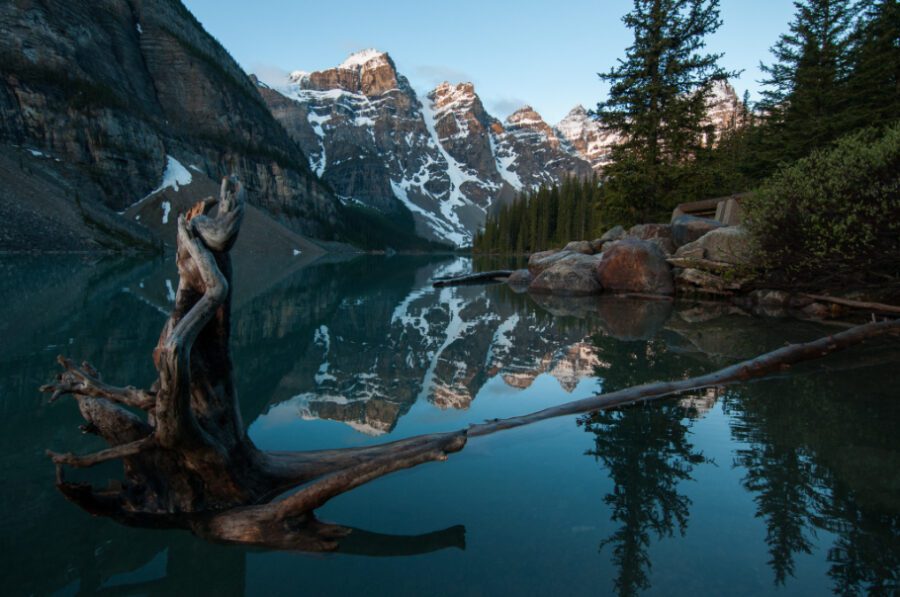
Choosing the right aperture settings for your desired effect
Choosing the right aperture settings depends on the desired effect you want to achieve. For example, if you want to create a portrait with a blurred background, you would use a wide aperture (low f-stop number), such as f/2.8 or f/1.8. If you want to capture a landscape with a deep depth of field, you would use a narrow aperture (high f-stop number), such as f/16 or f/22.
It is important to note that the aperture setting also affects the amount of light that enters the camera, so you may need to adjust the shutter speed or ISO to compensate for the change in aperture size. In general, a good starting point for aperture settings is f/8 or f/11, which is a mid-range aperture that provides a balanced depth of field and exposure.
Aperture priority mode vs manual mode
Most modern cameras offer two modes for adjusting aperture: aperture priority mode and manual mode. Aperture priority mode allows you to set the aperture, and the camera will adjust the shutter speed to create the best exposure. This mode is useful when you want to control the depth of field and let the camera handle the exposure. Manual mode, on the other hand, allows you to control both the aperture and shutter speed manually. This mode is useful when you want complete control over the exposure and depth of field.
Tips for using aperture in photography to create stunning images
Here are some tips for using aperture to create stunning images:
- Experiment with different aperture settings to see how they affect the depth of field and exposure.
- Use a wide aperture to create a shallow depth of field for portraits or still life photography.
- Use a narrow aperture to create a deep depth of field for landscapes or architectural photography.
- Adjust the shutter speed or ISO to compensate for changes in aperture size.
- Consider the distance between the subject and the camera when choosing the aperture setting.
- Be aware of the lens’s sweet spot, which is the aperture setting that produces the sharpest image.
Common mistakes to avoid when using aperture in photography
Using aperture can be challenging, and there are some common mistakes to avoid. Here are some of them:
- Not considering the depth of field when choosing the aperture setting.
- Using too wide an aperture for group shots or landscapes, resulting in a shallow depth of field that only captures a small area in focus.
- Using too narrow an aperture in low light conditions, resulting in a blurry image due to a slow shutter speed.
- Not compensating for changes in aperture size with the shutter speed or ISO.
Recommended lenses for different aperture needs
Different lenses are designed for different purposes, and some are better suited for certain aperture settings. Here are some recommended lenses for different aperture needs:
- Wide-angle lenses: These lenses are excellent for landscapes or architectural photography and work best with narrow apertures (high f-stop numbers) to capture maximum detail. Recommended lenses include Canon EF 16-35mm f/2.8L III USM and Nikon AF-S NIKKOR 14-24mm f/2.8G ED.
- Standard lenses: These lenses are versatile and work well with mid-range apertures (around f/8) for a balanced depth of field and exposure. Recommended lenses include Canon EF 50mm f/1.4 USM and Nikon AF-S DX NIKKOR 35mm f/1.8G.
- Telephoto lenses: These lenses are useful for portraits or wildlife photography and work well with wide apertures (low f-stop numbers) to create a shallow depth of field. Recommended lenses include Canon EF 70-200mm f/2.8L IS III USM and Nikon AF-S NIKKOR 85mm f/1.8G.
Practice exercises to improve your aperture skills
Here are some practice exercises to improve your aperture skills:
- Take a series of photos of the same subject at different aperture settings to see how they affect the depth of field and exposure.
- Experiment with different lenses and aperture settings to see how they affect the final image.
- Practice using aperture priority mode and manual mode to understand how they work and when to use them.
- Take photos in different lighting conditions to see how they affect the aperture, shutter speed, and ISO settings.
Conclusion: mastering aperture in photography to enhance your skills
Aperture is a critical component of photography, and mastering it can significantly enhance your skills and the quality of your images. Understanding how aperture works, choosing the right settings for your desired effect, and avoiding common mistakes can help you create stunning images that stand out from the crowd. With practice and experimentation, you can master the art of aperture and take your photography to the next level.

